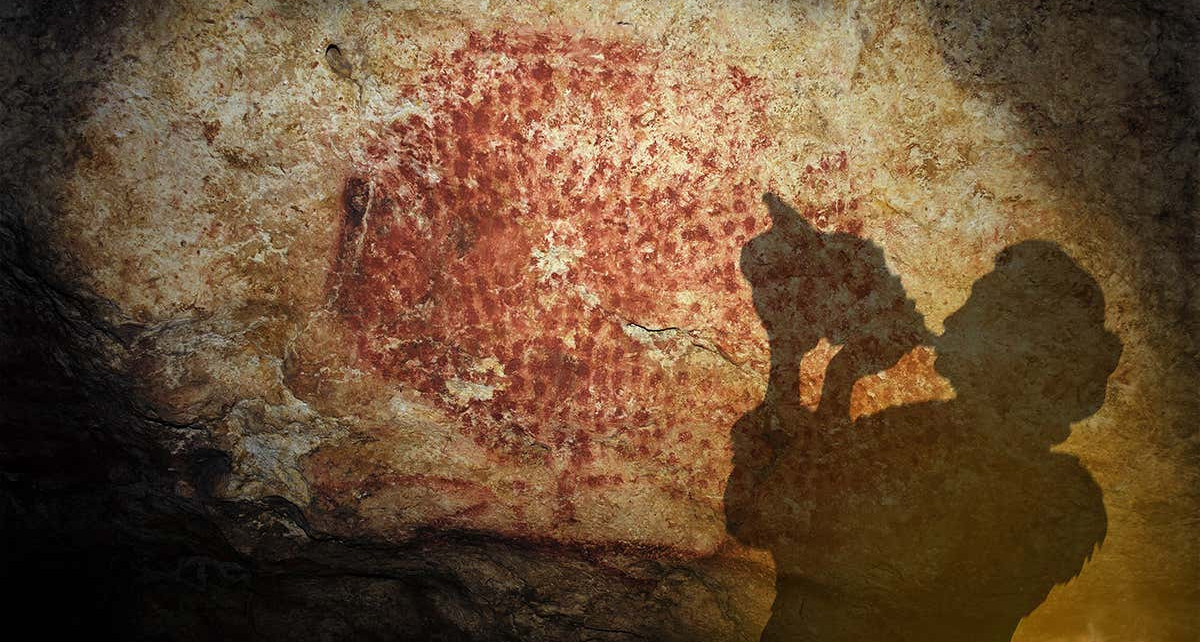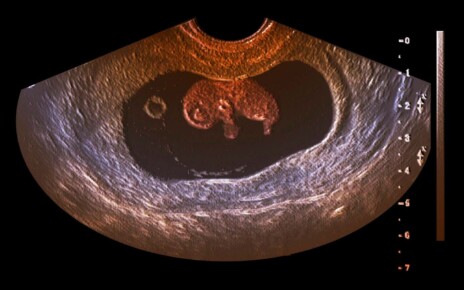[ad_1]
A conch shell found in a cave used by the Magdalenian people of the late Upper Palaeolithic was originally thought to be a cup, but a new analysis suggests they used it as a kind of horn. That would make it the earliest known conch shell horn.
Gilles Tosello at the University of Toulouse in France and his colleagues were investigating objects and cave art found in Marsoulas Cave in the Pyrenees mountains. They revisited a conch shell that was discovered in 1931.
The shell is 31 centimetres long and 18 centimetres wide and once belonged to a large sea snail of the species Charonia lampas that likely lived on the coast of France or Spain.
It has a small narrow hole drilled into the the point of the shell called the apex, and is decorated with fingerprint-shaped ochre red markings.
Advertisement
“We are pretty sure that this shell was transformed by human action, on the contrary to what was first published in the 1930s,” said Tosello at a press conference on 9 February. Its original discoverers suspected the conch shell was a ceremonial drinking cup.
Tosello and his team came to a different conclusion after examining the inside of the shell with CT scanning and a tiny medical camera.
“The broken part of the apex is very narrow, and the hole inside is perfectly round with a regular edge,” he said. The hole in the apex was most likely drilled to make way for some kind of mouthpiece, such as a small hollow bone to blow into, to protect the lips of the musician.
To test the hypothesis that this was used as an instrument, the team enlisted the help of a horn player to see if they could play the conch shell – the horn player produced three notes close to C, D and C sharp.
Along with the decorative ochre markings – which match paintings found on the walls of the original cave – there are smears of a brown, organic residue around the conch shell. Although there is not enough to determine what the residue is, it was probably used as a sort of glue to fix the mouthpiece into the shell, says Tosello.
The team have now produced a 3D model of the conch shell to investigate how it was used by the Magdalenian people as a musical instrument, without damaging the original artefact.
It’s not surprising that the Magdalenian people played instruments as music is an inherent part of any cultural system, says Francesco d’Errico at the University of Bordeaux in France.
Journal reference: Science Advances, DOI: 10.1126/sciadv.abe9510
Sign up to Our Human Story, a free monthly newsletter on the revolution in archaeology and human evolution
More on these topics:
[ad_2]
Source link




